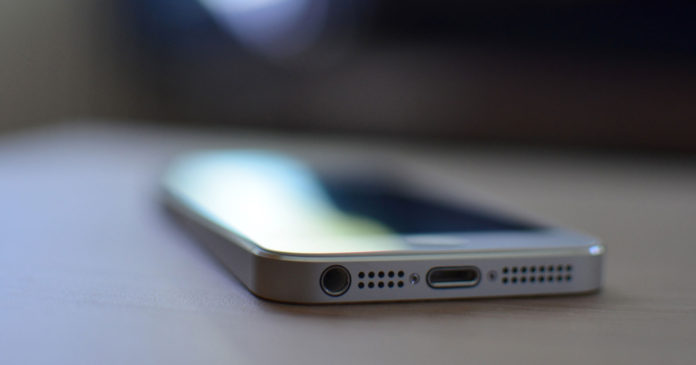The long-awaited fast charging of cellphones is almost here thanks to researchers at the University of Waterloo. After completing hours of research, the team has managed to use nanotechnology as a way of improving supercapacitors.
Supercapacitors are basically energy storage devices and the way the researchers have designed theirs doubles the amount of electrical energy they can hold. This is great news for consumers as will eventually be integrated into all kinds of devices ranging from laptops to cell phones, to electric vehicles.
“We’re showing record numbers for the energy-storage capacity of supercapacitors,” said the leader of Waterloo research and professor of chemical engineering, Michael Pope. “And, the more energy-dense we can make them, the more batteries we can start displacing.”
Supercapacitors are much more favorable over traditional lithium batteries as they are much safer, more reliable, and kinder on the planet. But up until now, researchers have been struggling with ways to enhance their storage capacity. Supercapacitors around currently only store small amounts of energy (i.e enough to power a laptop for around 10 minutes as long as they were rechargeable batteries.
Pope and those he was in collaboration with came up with a method that involved coating thin layers of graphene with an oily salt in supercapacitor electrodes. The graphene sheets were separated from one another by the liquid salt which enhanced their surface area and maximized their energy storage capacity as a result. Simultaneously the liquid salt acts as the electrolyte that holds the electrical charge.
The new design also uses a detergent in which to slim down the size of the oily salt droplets. This improves their coating action and allows them to stick to the graphene better. By increasing the storage capacity of supercapacitors allows manufacturers to create smaller devices with more storage capacity, eventually replacing traditional batteries altogether.
Pope says that better supercapacitors could become an alternative to lead-acid batteries used in many vehicles today, as well as being used to harness energy lost by trains or busses when they brake. “If they’re marketed in the correct ways, for the right applications, we’ll start seeing more and more of them in our everyday lives,” said Pope.
More News to Read

